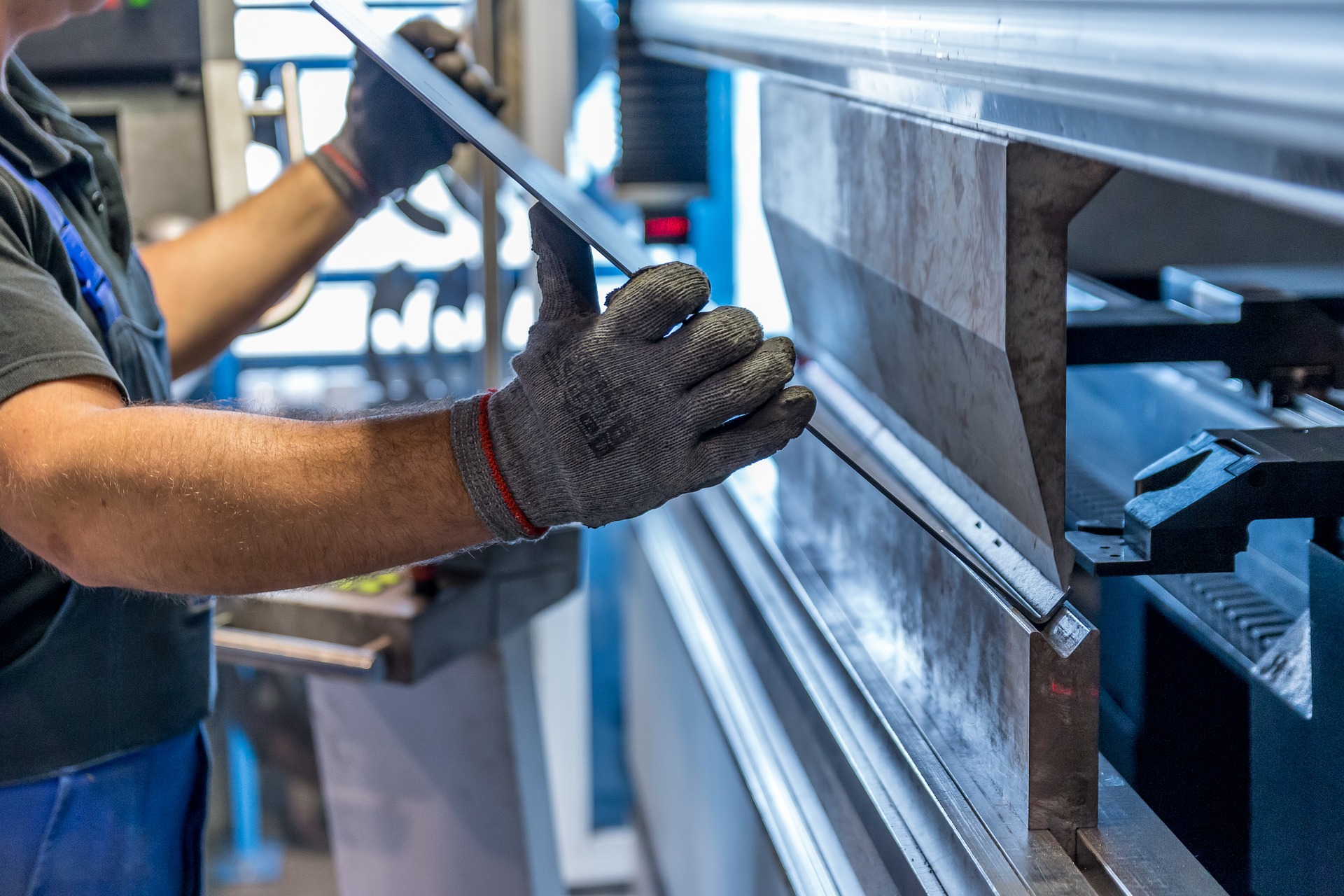Dust, dirt, and grime are just part of life for a manufacturing plant, and over time these build up on practically every surface. This buildup of grime on surfaces becomes a problem when it is not cleaned regularly though, and the longer it’s left on a surface the harder it gets to clean. These accumulations of dirt can cause machinery to wear down faster or operate less efficiently and can create health and safety issues too.
To deal with stubborn dirtiness in a manufacturing plant many people turn to abrasive cleaning procedures. These can include sandblasting, soda blasting, and hydro-blasting. The thinking for using these is pretty straightforward- “the grime is tough, so I need something tough to deal with it”. While that can be true, and these abrasive cleaning methods do clean the dirt from the surface, they also cause damage to the surface they are cleaning.
When the abrasive media is blasted at the dirty surface, the force of the pellets removes pieces of the contaminant, revealing the clean surface underneath. However, the pellets don’t just stop once they hit the clean surface underneath, and they can scratch or pit the original surface. Some softer substrates, such as wood or brick, can even be worn down and severely damaged by the abrasive cleaning process.
The process of dry ice blasting services Michigan is used to clean contamination from a surface without damaging the surface underneath at all. The dry ice blast cleaning machine shoots out pellets of dry ice in the same way a sandblaster would shoot out particles of sand. The difference is how the dry ice pellets react when coming in contact with the contaminant, and how this removes it from the surface being cleaned. Contact the best industrial cleaning company Grand Rapids today for a free quote!
When the pellet of dry ice hits the dirty surface it immediately sublimates into carbon dioxide gas, while super cooling the surface it hit. The cooling causes the contaminate to become brittle and release from the surface, and the force of the sublimation lifts the brittle contaminate away from the surface. This leaves the original surface as clean as new, without any damage from the cleaning process.
Additionally, since the dry ice pellets turn into a gas on contact there is nothing created by the cleaning that has to be cleaned up afterwards- other than the dirt that came off the surface. Other abrasive cleaning techniques will leave piles of sand or other media that has to be cleaned up, and is usually considered a toxic waste when it has to be cleaned.

